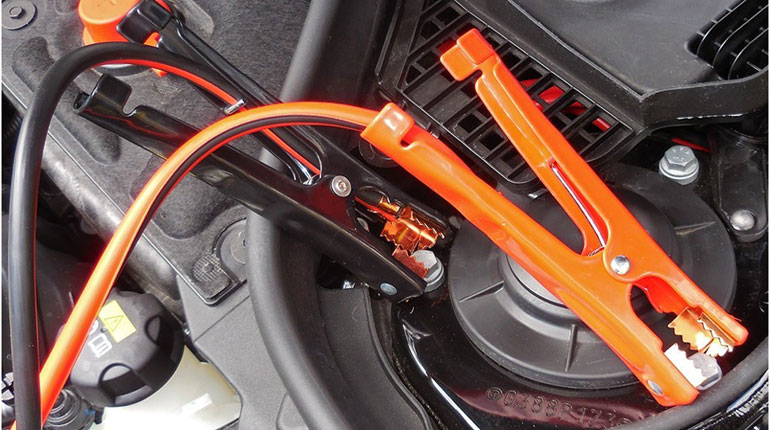
When you have to deal with the significant inconvenience of pumping your flat tires with a bit of air, you might be wondering–do tires without air exist? The idea of tires that don’t need air might seem inconceivable to some as car tires, as we know them to require air pressure to function, but in recent years, airless tires have started to become produced and developed within the automotive industry. However, tire service companies have limited the purchase of airless tires to smaller vehicles, like golf carts, with the intention of manufacturing working tires without air in the near future.
Learn all about the development of airless tires and how they are able to function.
Concept
The invention of an airless tire is still in its early stages, but the technology has been around for several decades. The concept of an airless car tire has long been on the minds of every car owner that has endured a flat tire. But such an idea was never realized until the tire manufacturing company, Michelin, announced they were developing the “Tweel”, a word derived from “wheel” and “tire.” They first demonstrated their idea of an airless tire in 2005 that integrates a wheel and a tire, essentially a tire that did not require air pressure. But this technology was not ready for highway use, and it’s still quite a ways off from being ready for automotive use. Although it cannot be used on cars quite yet, the idea of an airless does have some merits and advantages, making it a worthy candidate for new car technologies.
Advantages
The main advantage of airless tires is their lack of weight. The non-pneumatic versions of tires are lightweight and can navigate up to 55 miles per hour. In addition, these tires can be combined with electric vehicles to create a sustainable transportation option. Even though Michelin and other companies have been working on the concept of airless tires for years, the technology is only now starting to get widespread attention in the automotive industry. Although they’re not widely used yet, this technology is on the way to becoming a fully-realized concept that will pique the interest of all car owners. Airless tires are supposed to be able to navigate roads better with their lightweight. In addition, they are easier to recycle, making them sustainable tires that are also environmentally friendly.
In addition to their durability, airless tires also have higher fuel efficiency. The airless tire can also last up to twenty-five years longer than a regular tire that isn’t as durable or made to last. Despite the estimated high price of an airless tire, they also don’t have to be replaced often, saving you money in the long run.
Designs
There are several types of airless tires either in development or are currently on the market for purchase. The first airless tire is one made by Michelin called a Uptis, which is an acronym that stands for “unique puncture-proof tire system.” A Uptis tire is characterized by its airless design that is created with the help of 3D printed and recycled materials. The Uptis’ design is supposed to reduce road hazards, optimize road efficiency, and is less bulky than a tire that requires air pressure so that a spare tire won’t take up much room in the vehicle. The development of the Uptis was announced in 2019, and Michelin has expressed optimism about releasing this particular tire to the public as early as 2024.
But Michelin’s particular design isn’t the only one currently in development; there are other options as well. Another tire in development is the non-pneumatic tire, which has many benefits, including a lower cost and no need for air. The first version of this tire has a flat-free tread that can handle 55 miles per hour. This technology is more advanced than the airless tires we have now. This tire has yet to be approved for wide production and is not yet available on the market, but if they’re approved, it can be used for a variety of different vehicles–no matter the size or type.
Conclusion
Although the airless tire has yet to be widely produced for public consumption, the idea provides great benefits for tire service stores and car owners. Some of the benefits include a reduced risk of blowouts means, fewer accidents, and lower fuel consumption. Although they will initially prove to be costly, these tires will save you money as replacing them will not be required or as frequently as with regular tires that require air pressure. Because of these benefits, be on the lookout for the production and release of airless tires in the near future.




